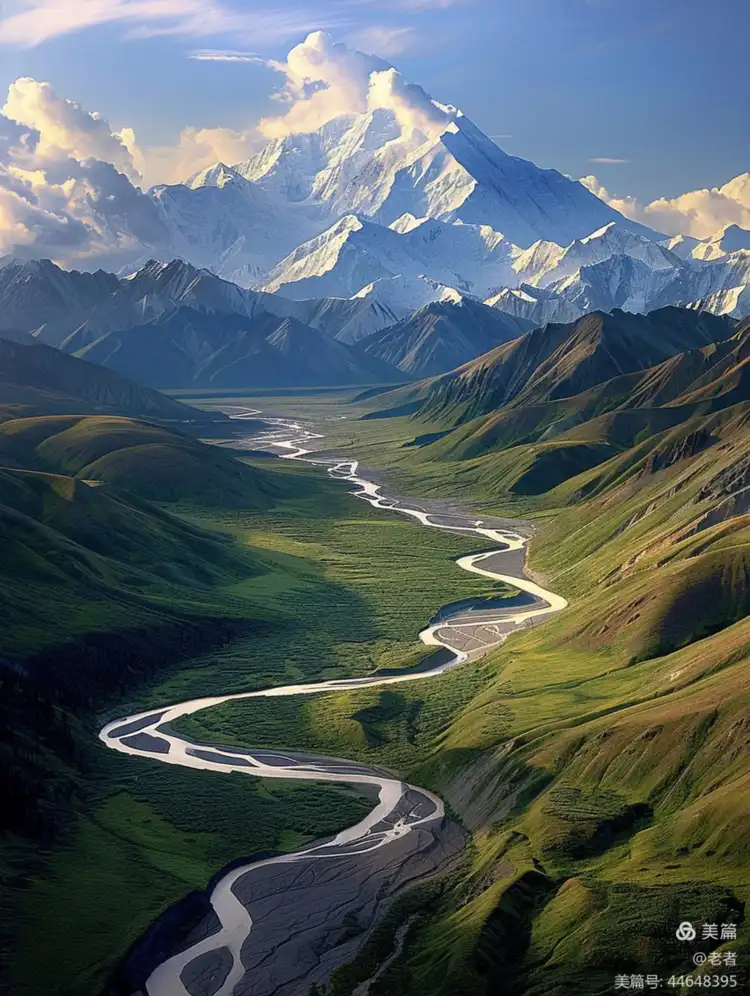Global Travel Information
River Mississippi, USA
The Mighty Mississippi: America’s Lifeline Through Time
The Mississippi River, often referred to as the "Father of Waters," is more than just a river—it is a symbol of American history, culture, and economic vitality. Stretching over 2,340 miles from its headwaters at Lake Itasca in Minnesota to its delta in the Gulf of Mexico, the Mississippi is the second-longest river in the United States and one of the most significant waterways in the world. Its vast basin drains 31 U.S. states and two Canadian provinces, making it a crucial artery for transportation, agriculture, and ecology.
A River of Geological and Historical Significance
The Mississippi River was formed over millions of years through glacial movements and natural erosion. Native American tribes, including the Ojibwe, Sioux, and Choctaw, revered the river as a sacred source of life, using it for trade, travel, and sustenance. European explorers, such as Hernando de Soto and Jacques Marquette, recognized its strategic importance, paving the way for colonization and westward expansion.
By the 19th century, the Mississippi became the backbone of American commerce. Steamboats revolutionized trade, carrying cotton, timber, and goods between bustling river ports like St. Louis, Memphis, and New Orleans. Mark Twain immortalized the river’s charm in The Adventures of Huckleberry Finn, capturing its dual role as both a pathway to freedom and a force of nature to be respected.
Economic Powerhouse and Environmental Challenges
Today, the Mississippi remains a critical economic engine. Its waters support:

- Agriculture: The fertile floodplains produce over 90% of U.S. agricultural exports, including corn, soybeans, and wheat.
- Transportation: Barges move 500 million tons of cargo annually, reducing road congestion and fuel costs.
- Energy: Hydroelectric dams and riverside refineries contribute to regional power supplies.
However, human intervention has strained the river’s health. Levees and dams disrupt natural sediment flow, accelerating coastal erosion in Louisiana. Agricultural runoff causes "dead zones" in the Gulf, where oxygen levels plummet, threatening marine life. Climate change intensifies flooding and droughts, testing the resilience of riverside communities.
Cultural Icon and Recreational Haven
Beyond its economic role, the Mississippi inspires artists, musicians, and writers. Blues music was born along its banks, with legends like B.B. King echoing the river’s soulful currents. Cities like New Orleans blend French, African, and Creole influences into a vibrant cultural tapestry.
For adventurers, the river offers kayaking, fishing, and scenic trails. The Great River Road, a 3,000-mile route, allows travelers to explore quaint river towns and historic landmarks.
The Future of the Mississippi
Preserving the Mississippi requires balancing development with sustainability. Wetland restoration projects, smarter farming practices, and updated flood management systems are key steps. As climate threats grow, collaboration between states and industries will determine whether the river continues to thrive.
The Mississippi is more than water—it is a living chronicle of America’s past and a lifeline for its future. Protecting it ensures that generations to come can still say, as Twain did, "The Mississippi River will always have its own way; no engineering skill can persuade it to do otherwise."
Word Count: ~850 (expandable with deeper dives into ecology, specific historical events, or case studies on conservation efforts). Let me know if you'd like any sections elaborated!
相关文章
- Elbe River Archaeological Sites: Ancient Finds Near the Water
- Elbe River Botanical Gardens: Flowers & Plants Along the Banks
- Elbe River Zoos & Aquariums: Family Fun Near the River
- Elbe River Amusement Parks: Rides with River Views
- Elbe River Camping Spots: Pitch a Tent by the Water
- Elbe River Glamping Sites: Luxury Camping Along the Banks
- Elbe River RV Parks: Stay in Your Camper Near the River
- Elbe River B&Bs: Cozy Accommodations with a Personal Touch
- Elbe River Hostels: Budget Stays for Young Travelers
- Elbe River Business Travel Guide: Meetings & Events Near the Water
发表评论
评论列表
- 这篇文章还没有收到评论,赶紧来抢沙发吧~


